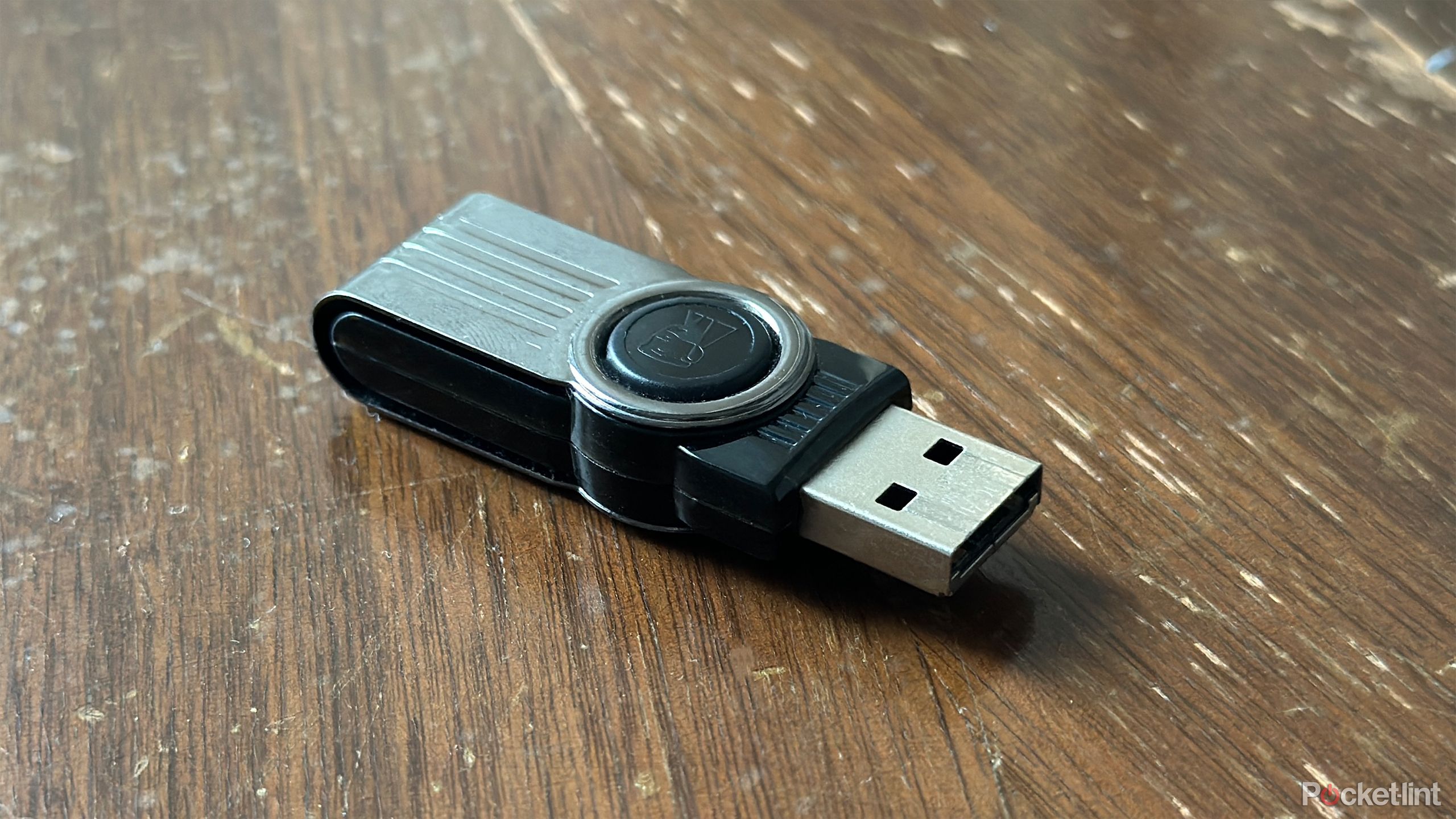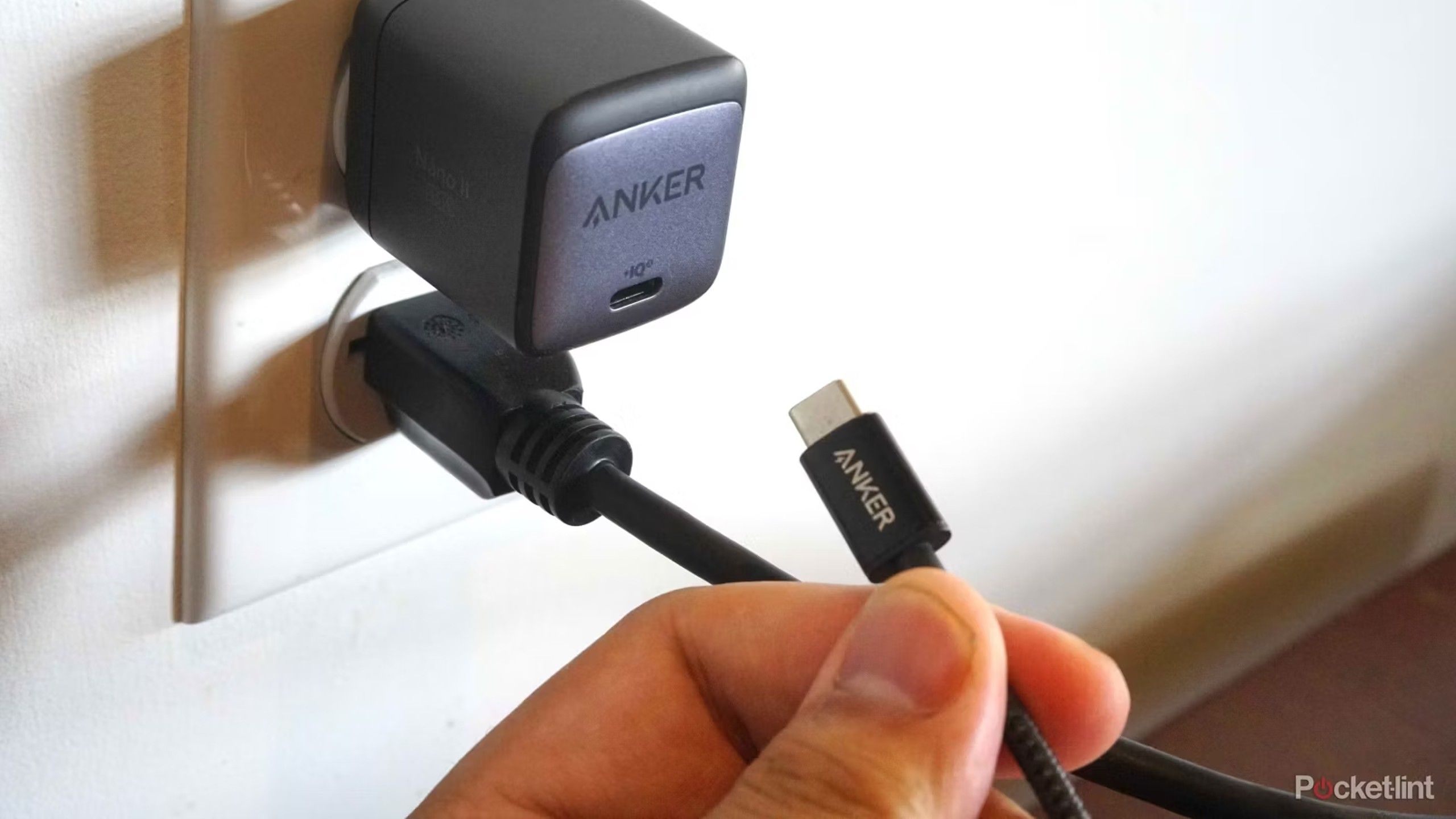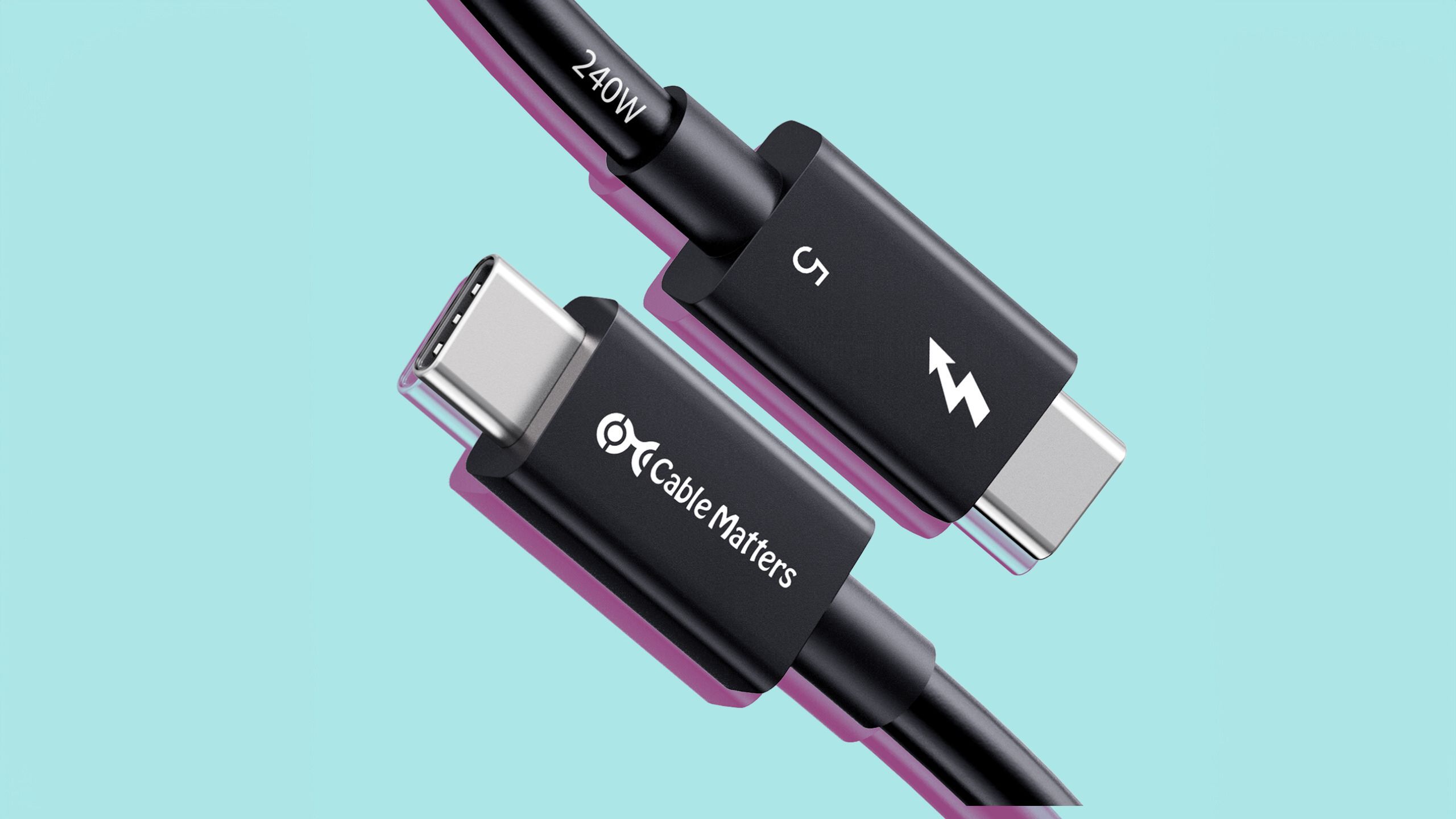Summary
- There’s a variety of USB formats out there, utilizing different connectors, data rates, and charging speeds. You need to match like accessories to get the most out of your devices.
- The biggest split is between USB-A and USB-C connectors, the latter usually enabling faster data and power, though not always. Check specifications before buying anything.
- The best USB format is USB 4 2.0, which peaks at 120Gbps and supports Thunderbolt 5. It’s exceptionally rare, so you’ll probably be fine with the base 40Gbps USB 4 spec.
The U in USB is supposed to stand for Universal, yet you’d be forgiven for thinking it was anything but. Beyond using different connector types, some USB formats offer wildly different data and charging speeds. Occasionally, connections may even support charging but not data, or vice versa. You’ve encountered that dilemma if you’ve tried to use wired CarPlay or Android Autoand didn’t plug into the single port marked for data sync.
If you’re having trouble sorting things out, this guide is meant to be a quick and handy primer — I’m not going to go into excessive depth about each version of USB. In fact, the only major division you (usually) need to worry about is USB-A versus USB-C, unless perhaps you’re a video editor or connecting an external graphics card. That’ll make more sense in a few moments.
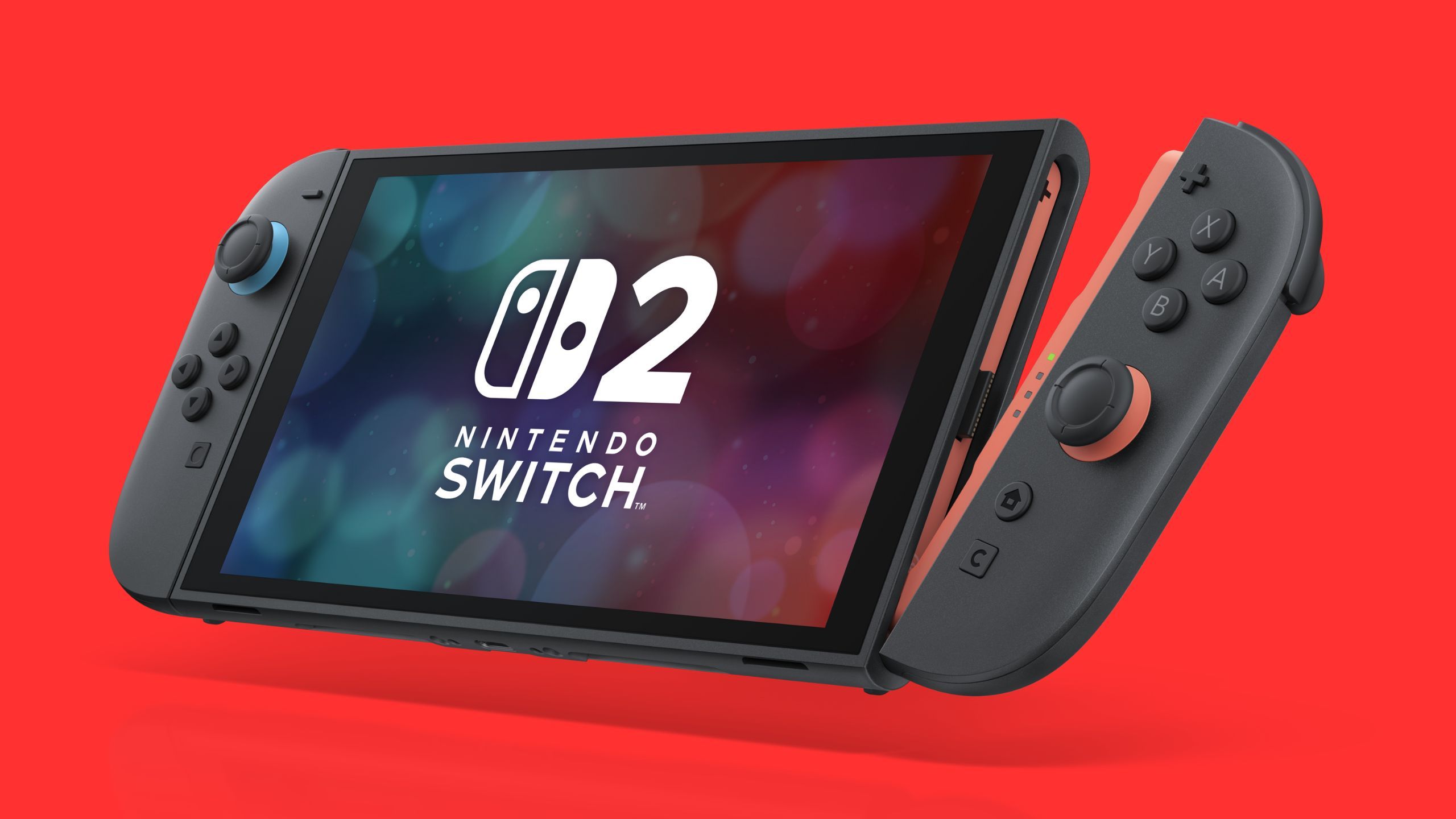
Related
4 reasons I’m getting a Switch 2 instead of a new Steam Deck
Handheld PCs are still best for some people, but it’s hard to ignore the draw of a new Switch.
USB 1.0/1.1
The birth of the technology
USB Implementers Forum / Pocket-lint
The original version of USB dates back to 1996, and was limited to a whopping 1.5 megabits per second (Mbps) of data and 0.5W of power delivery. More importantly, it introduced the rectangular USB-A (AKA Type-A) connector type, which is still in use today.
You can, in theory, plug a USB 1.0 peripheral into a modern laptop without any issues.
Realistically, the oldest version of USB you’re likely to encounter is 1.1. That upgraded data to 12Mbps, and power to 2.5W, sufficient to connect mice and keyboards. You wouldn’t want to charge a state-of-the-art smartphone using this tech — it’d take over five and a half hours to completely replenish an iPhone 16 Pro.
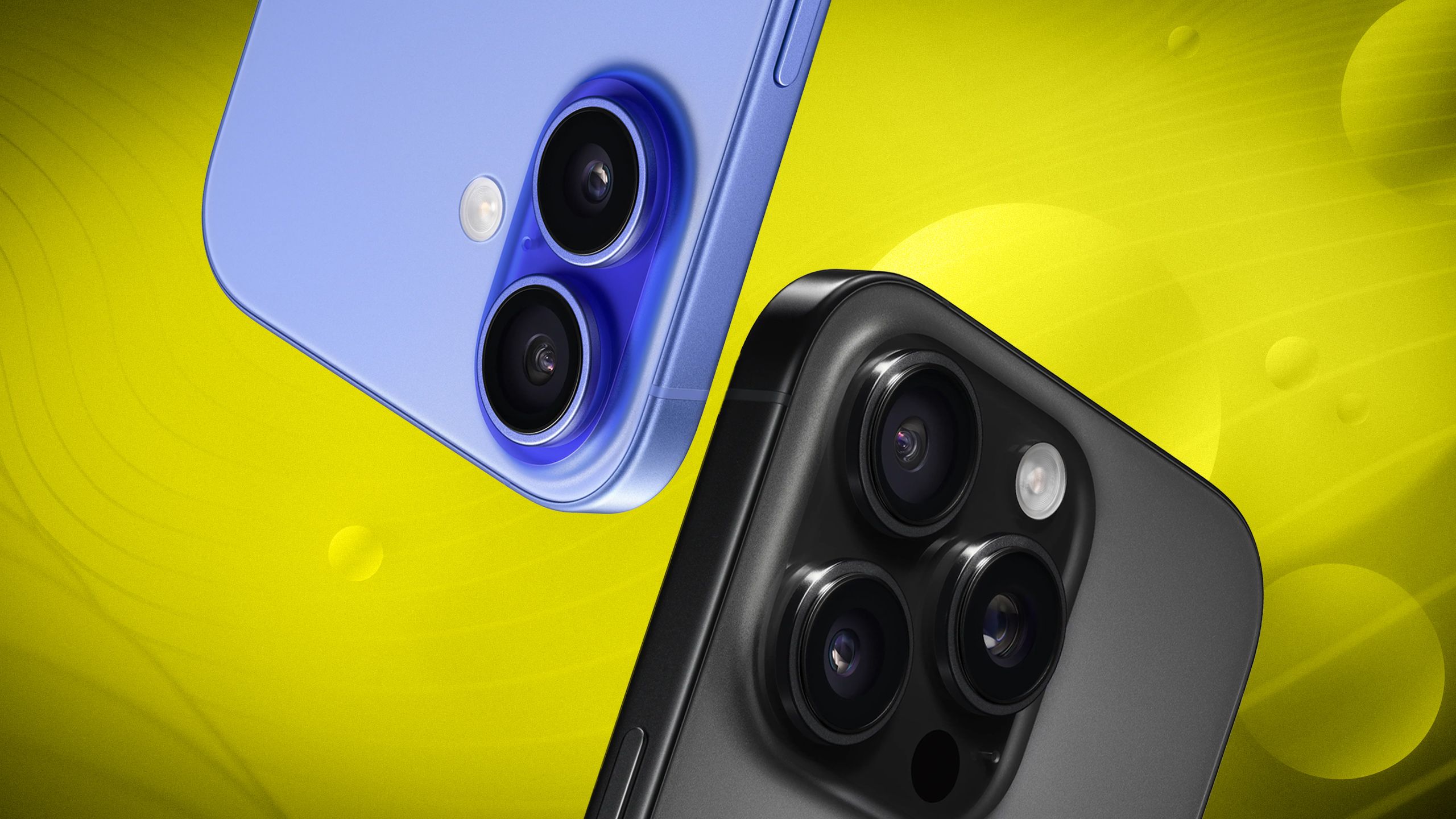
Related
Should you buy the iPhone 16 or iPhone 16 Pro?
The advantages the iPhone 16 Pro offers are smaller than ever this year.
USB 2.0
The standard that refuses to die
This is the oldest format still in active use. While its power delivery is capped at 2.5W in most circumstances, data speeds rise to 480Mbps. That’s a lot more reasonable for external storage drives, or syncing mobile devices, though file sizes have grown so much over the years that it probably won’t feel like it. Certainly, you should avoid using USB 2.0 to back up a modern computer — it would take over nine hours to copy a 2TB drive.
It’s worth noting that Apple still caps data at 2.0 speeds sometimes, even when it’s using more modern connector types.
Most USB 2.0 devices rely on a USB-A connector, but several connector types blossomed out of the standard, including Type-B, Mini-A, Mini-B, Micro-A, and Micro-B. Although the first three have fallen by the wayside, you might still run into micro-USB ports in rare circumstances.
It’s worth noting that Apple still caps data at 2.0 speeds sometimes, even when it’s using more modern connector types. Specifically, I’m thinking of Lightning cables, and the USB-C ports on non-Pro iPhones. The Lightning format has been completely abolished from Apple’s newest products as of 2025.
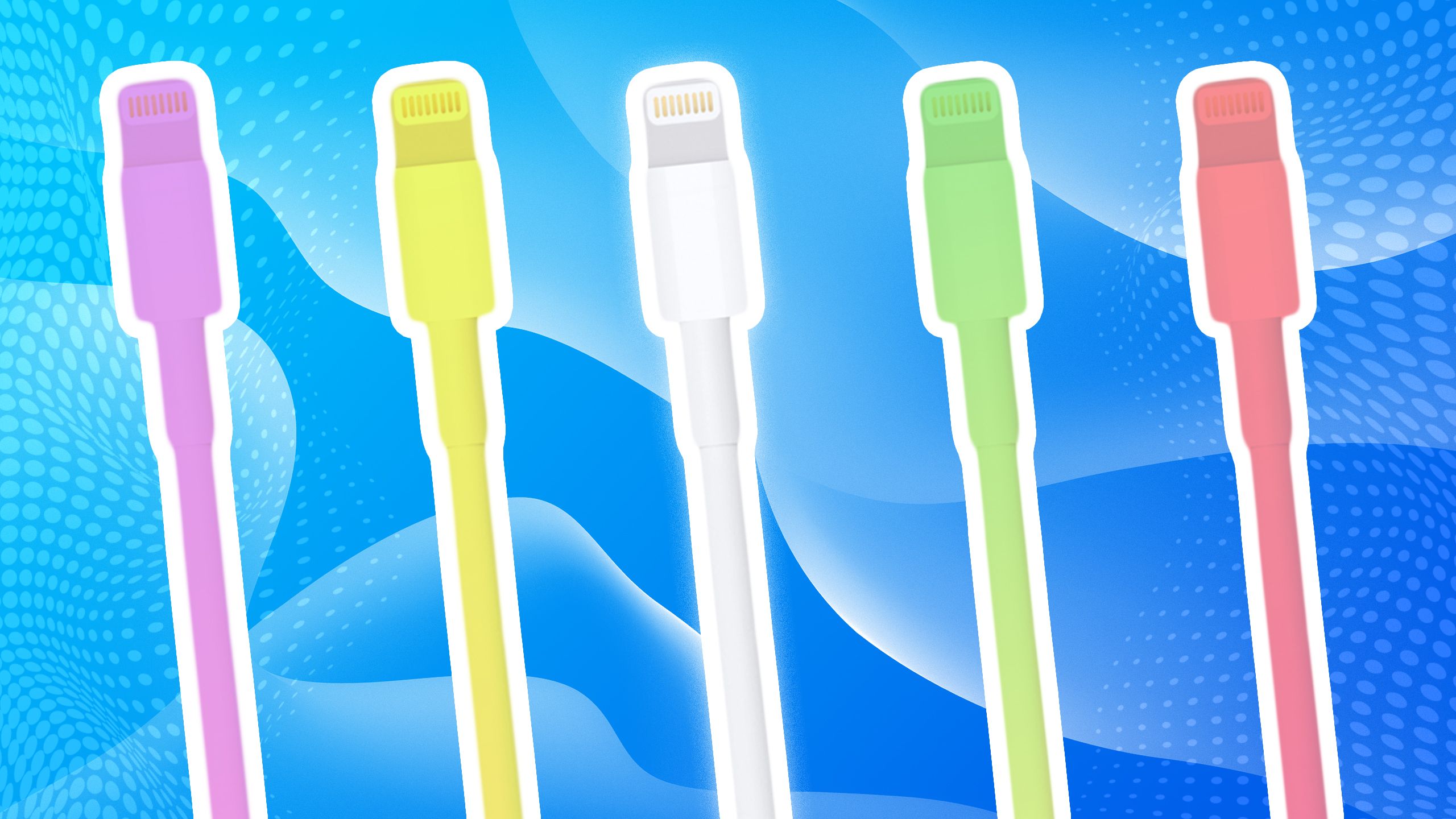
Related
Apple’s Lightning port was groundbreaking – until it wasn’t
It’s a lesson in the dangers of prioritizing your own ecosystem over what customers want.
USB 3.0
The new baseline, and a new connector
3.0 has mostly supplanted 2.0 as the minimum standard, boosting power to at least 4.5W, and data speeds of up to 5 gigabits per second (Gbps). 5Gbps transfers can make a huge difference — that same 2TB backup I mentioned earlier would finish in under an hour.
Almost as significant as the speed boost is common support for USB-C (AKA Type-C). While you’ll still see 3.0 gear with USB-A connectors, USB-C is increasingly de facto, both because of newer standards and because of convenience. USB-C is reversible, meaning there’s no worry about a cable failing to insert properly. Many people complain that USB-A cables always seem to enter upside-down on your first try.
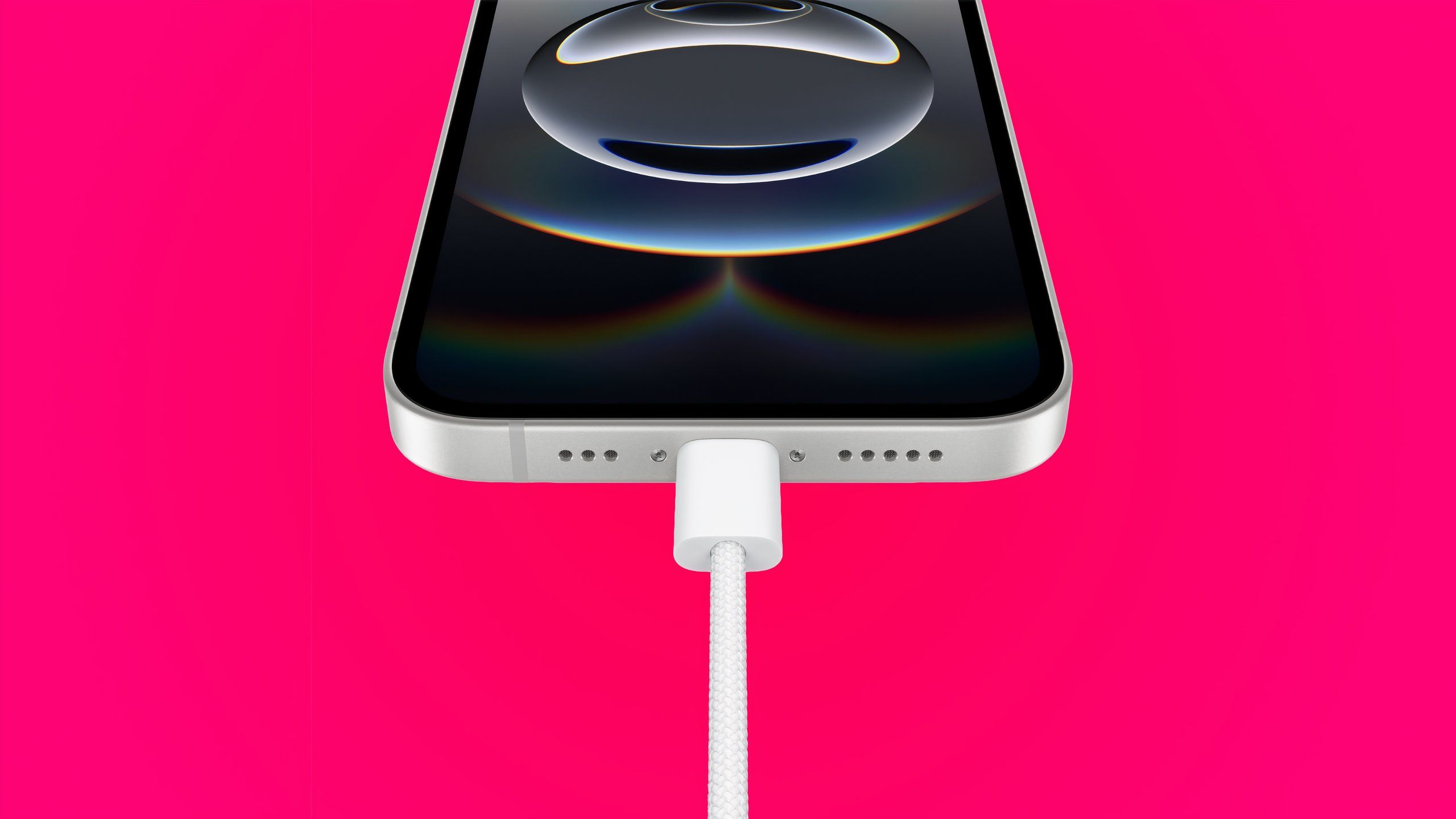
Related
Apple’s USB-C transition is a confusing mess (and that might be on purpose)
Apple’s version of USB is hardly as universal as it could be.
USB 3.1 and 3.2
Ditching the separate power cables
The biggest thing in USB 3.1 is widespread support for USB Power Delivery (a.k.a. USB-PD). This unlocks far more juice than earlier formats, at least up to 100W. That’s enough to power many laptops, and fully recharge phones in less than an hour, though PD is ultimately held back by the capacity of your device, cable, and/or adapter setup. A 100W cable won’t max out if you’re using a 30W adapter, for example.
USB 3.1 Gen 1 provides data speeds of up to 5Gbps, while Gen 2 doubles things to 10Gbps. Confusingly, USB 3.2 Gen 1×1 and Gen 2×1 have the same split — you have to jump to Gen 2×2 to achieve 20Gbps.
Products with USB-PD 3.1 support power of up to 240W, enough for some gaming laptops. I should add that in some cases, USB-PD 3.1 can be paired with USB 3.0 or even 2.0 data speeds — but since USB-PD 3.1 launched in 2021, you’ll usually see it associated with USB 3.1 or later.
All versions of USB-PD require USB-C.
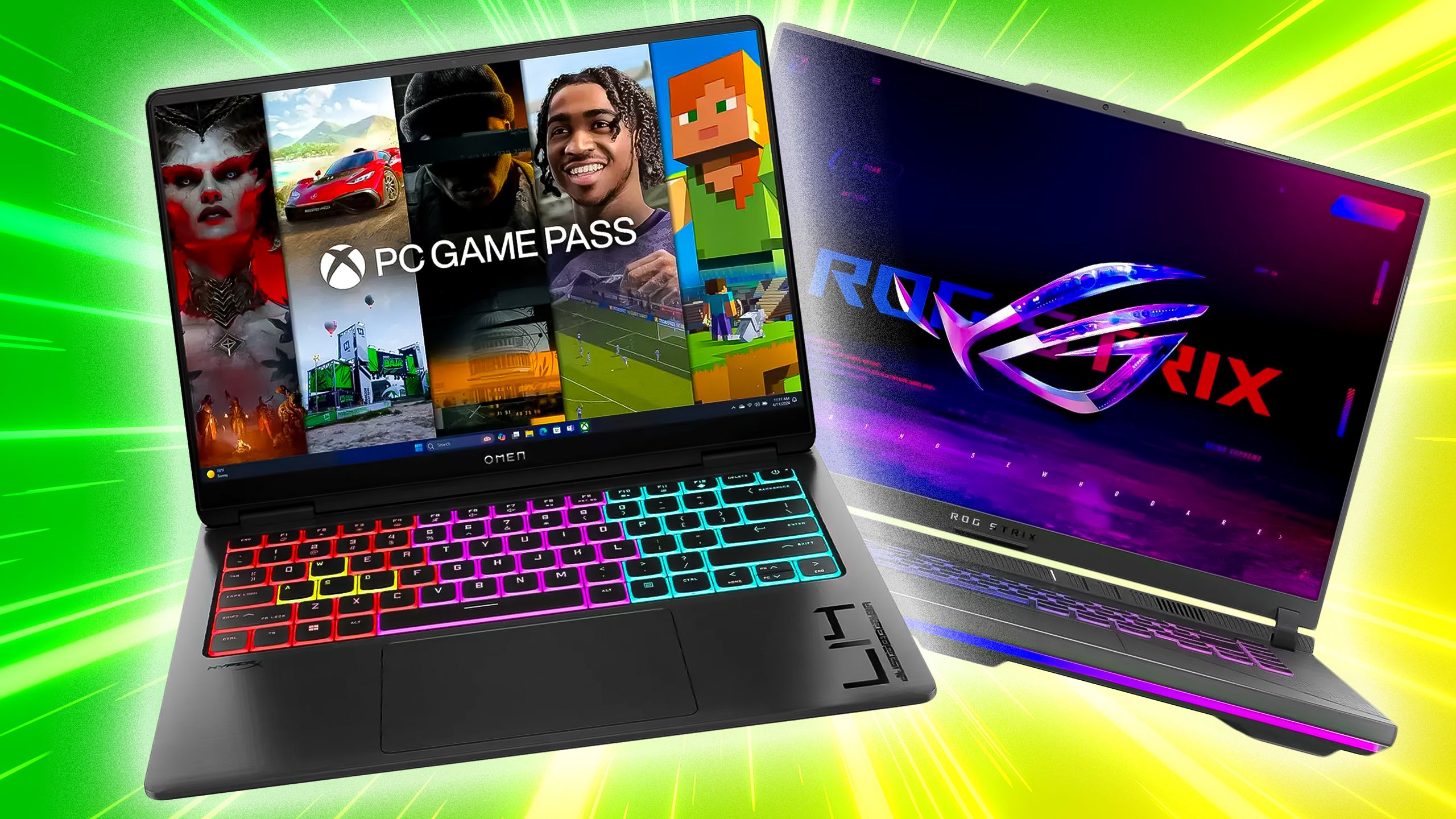
Related
4 reasons why gaming laptops are actually great
Consoles and handhelds are great, but there’s only so far they can take you.
USB 4 and 4 2.0
The best you can get for now
Newswire / Pocket-lint
This isn’t as common as it should be, but adoption is growing, and at this stage I wouldn’t buy a new PC or Mac without at least one USB 4 connection. Typically, the standard supports transfers up to 40Gbps, which is almost a must if you’re doing 4K video editing. Returning to that 2TB backup example, a USB 4 configuration might complete the process in less than seven minutes. USB-PD is assumed here.
USB 4 includes Thunderbolt compatibility by default.
Even better, USB 4 includes Thunderbolt compatibility by default. That’s a standard used by a number of high-speed accessories, though most frequently you’re going to encounter Thunderbolt docks, which expand port options with minimal congestion. Hardware makers tend to at least offer Thunderbolt 4, which fully exploits that 40Gbps capacity. It’s enough bandwidth to handle two 4K60 DisplayPort monitors simultaneously.
At the cutting edge of the industry is USB 4 2.0 (AKA USB 4 v2). Normally, this peaks at 80Gbps, but it can achieve 120Gbps if data in one direction is limited to 40Gbps. It’s also required to squeeze the most out of Thunderbolt 5.

You might also like
Everything you need to know about PEVs, or personal electric vehicles
You can use PEVs to explore, run errands, or speed up your commute.






